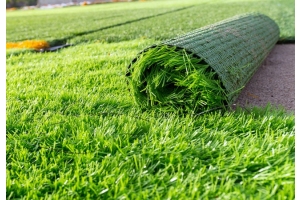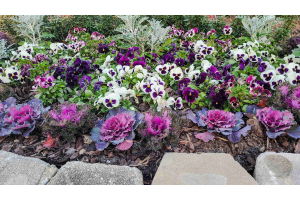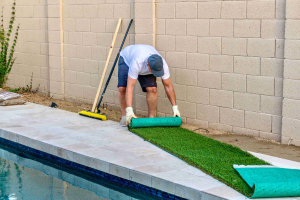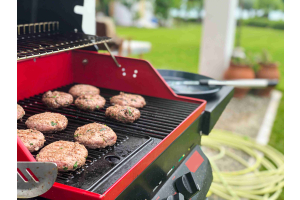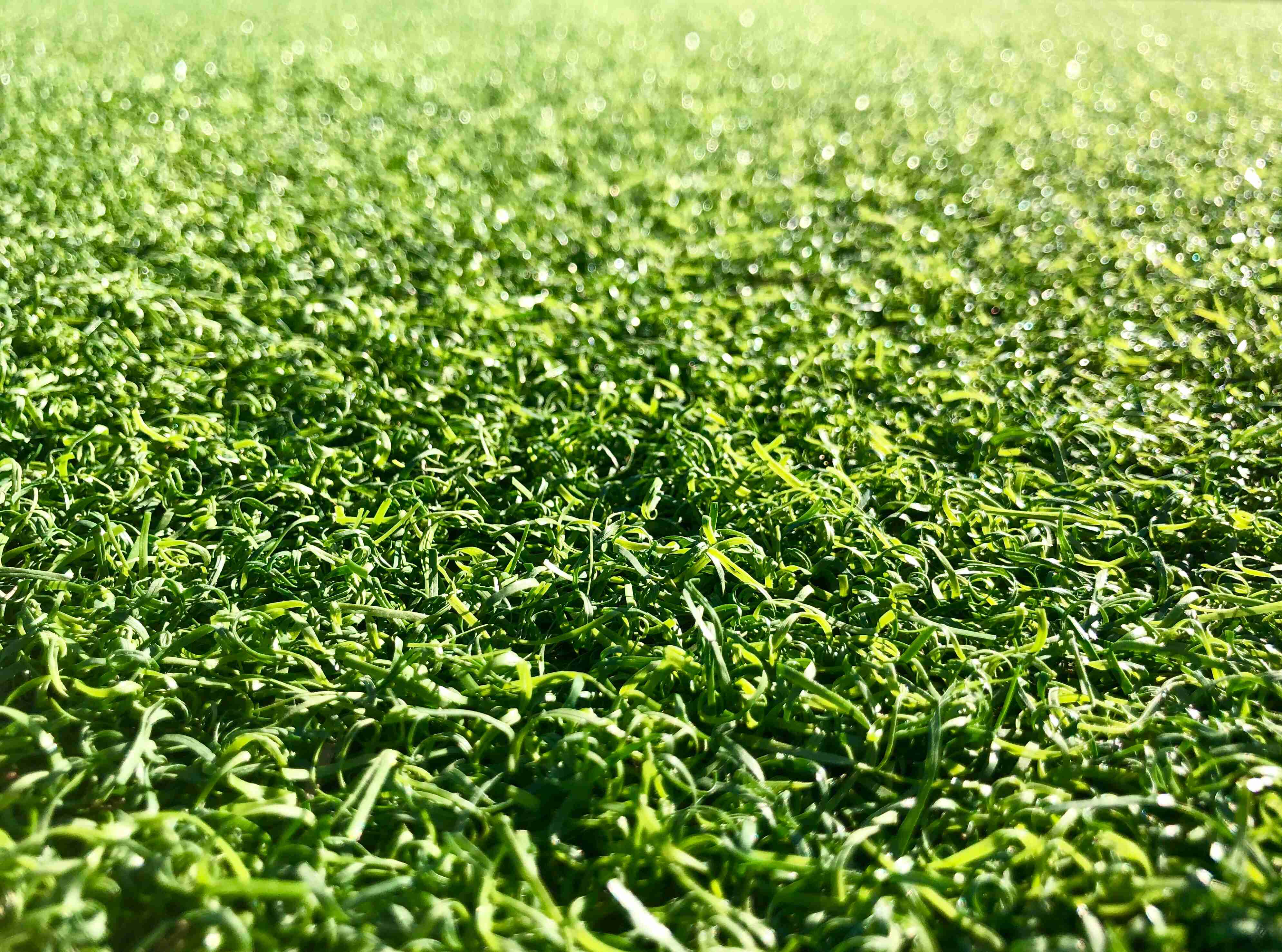
When it comes to artificial grass, you want it to look as good as possible, which means choosing not only the correct style of grass for your outside space but also choosing a reputable manufacturer and installer. This ensures that you get the most out of your artificial lawn and keep it beautiful and with minimal maintenance.
To do this, artificial grass infill is used to help keep your lawn look natural and protect the blades from wear and tear. In this blog, we guide you through infill, what it is and what it is used for, so you know exactly what to expect when having your artificial lawn installed.
What is artificial grass infill?
Artificial grass infill refers to the substance that is distributed over your artificial grass as part of the installation process.
It is often made from rounded crystalline silica granules or sand and is the ideal infill for gardens or play areas.
Sand is the cheapest option and is sometimes coloured green to blend in with your artificial grass. It settles in between the blades and provides a cushioned surface for walking or playing on.
Rounded silica granules or silica sand as it is sometimes known, is the most popular choice in the UK for artificial grass infill. It is a type of sand that has very small pieces of quartz that is then kiln dried to remove all traces of moisture. This makes it exceptionally fine and therefore a great solution to use on your newly laid grass.
If you are installing artificial grass for a sports surface, then a rubber infill is the recommended choice, as this creates a surface that is ideal for sports such as football and tennis and doesn’t affect the play of the ball that sand or silica otherwise might.
Why is infill used?
Infill has lots of advantages for your artificial grass, which is why we would recommend it! See our list below for why infill is used.
-
It holds your artificial grass in position.
Adding an infill provides ballast to your lawn and weighs it down so it stays in the correct place for as long as it is laid. This means you may not need any extra edging around the boundaries. When infill isn’t laid, artificial grass can shrink and expand under extreme temperatures, causing ridges or a ripple effect, so infill really is the best option for keeping your artificial lawn looking at its best all year round.
-
Protection of the grass blades
Due to artificial grass being made from a synthetic material, it can sometimes be affected by the weather and wear and tear. You may notice the grass blades starting to become flattened. Infill adds stability to these fibres and helps them stand up straight by giving added support, so they are less affected by use and the weather conditions.
-
Improved Drainage
Your artificial grass will come with a backing that has drainage holes to allow water through to the subfloor or ground underneath. Adding an infill such as silica sand can slow the drainage, acting as a filter so that during the wetter seasons, your ground does not become too wet all at once, causing flooding on your lawn.
-
It keeps your lawn cool
Although in the UK we don’t have exceedingly long, hot summers, adding infill will still help keep your artificial grass cool so that it is not too hot to walk or play on. It reflects the sunlight, reducing heat absorption, so you can enjoy your new lawn throughout the year.
-
Protects your backing layer
One of the best advantages of adding an infill layer to your artificial grass is to protect the backing layer underneath. The infill will settle on top and protect it from damage such as footfall and garden furniture. It is also incredibly useful if you have pets. Dogs, cats, and rabbits all have sharp claws and if they like to play or dig, then the infill protects the backing from rips and tears that can be costly to fix.
-
It prevents static
As artificial grass is made from synthetic fibres, you can sometimes get a build-up of static electricity. If you extensively use your artificial lawn, then you do not want your household receiving static shocks every time they use it! Infill can protect against this build up, meaning your lawn will be perfectly safe for you, your children, and your pets.
-
Fire resistance
We would ALWAYS recommend the purchase of artificial grass that has been tested and adheres to all current fire safety rules and regulations but as an added benefit, silica sand infill can reduce any fire risk, as it does not burn.
Some manufacturers now offer artificial grass without the need for infill, however, we would always recommend getting your installer to lay an infill as these types of ‘non-infill’ grass types are simply made with a lower, more dense thatch, so you don’t get the same comfort level and infill still offers the advantages laid out above.
The only benefit to NOT having an artificial grass infill is that the installation cost will be cheaper.
Why use Grass Direct?
Here at Grass Direct, we pride ourselves on making your gardening simple. This includes finding the right product for you and being there when you need help or advice.
If you don’t want to use a professional installer, we have DIY instructions on our website for installing your new artificial grass, just remember to choose an infill! We also provide customer service via Facebook messenger, email, or phone, to make sure the installation process runs as efficiently and as quickly as possible, and to answer any questions about the installation or infill you may have. Helping you to enjoy the benefits of your new garden with the minimum amount of fuss!
For all your artificial grass needs and enquiries, please contact us today by using our contact form on our website or call us on 03308 182 500 to speak to one of our friendly, expert advisors!







